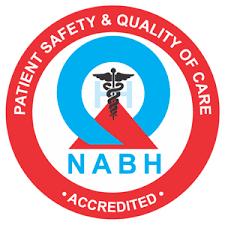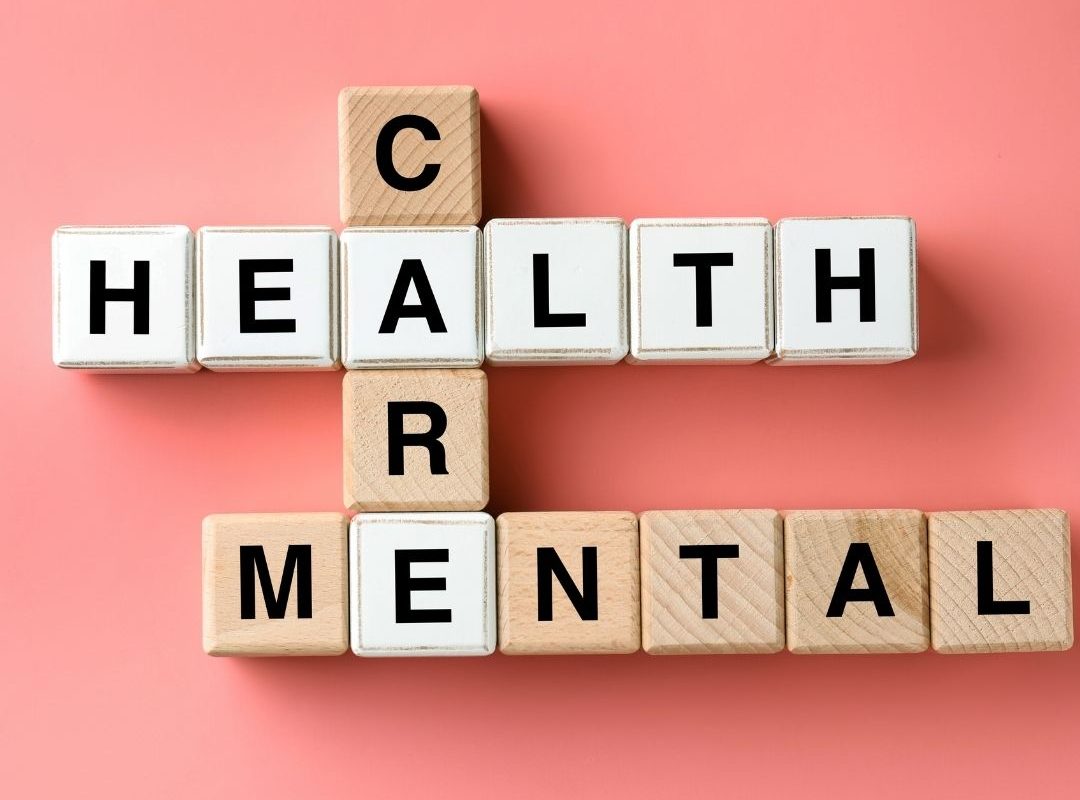The benefits of DCC
For babies who are born healthy, the planet Health Organisation (WHO) recommends delaying cord clamping (DCC). It means the umbilical cord isn’t clamped immediately after birth but after waiting for one to 3 minutes. That way, the baby remains connected to the placenta and receives oxygen-rich blood and essential nutrients.

Delayed umbilical cord clamping appears to be beneficial for the term and preterm infants. DCC has also been advocated during preterm delivery to enhance hemodynamic stability during the first time of life. The hemodynamic effects of this in premature infants after birth has potentially beneficial hemodynamic changes over the early days of life.
In term infants, delayed cord clamping increases hemoglobin levels at birth and improves iron stores within the first several months of life, which can have a positive effect on developmental outcomes.
There’s a slight increase in jaundice that needs phototherapy during this group of infants. Health care providers adopting delayed cord clamping in term infants are making sure that mechanisms are in place to monitor for and treat neonatal jaundice.
In preterm infants, delayed umbilical cord clamping is related to significant neonatal benefits, including improved transitional circulation, better establishment of red blood corpuscle volume, decreased need for transfusion, and lower incidence of NEC and intraventricular hemorrhage.
Delayed umbilical cord clamping isn’t related to an increased risk of postpartum hemorrhage or increased blood loss at delivery, nor was it related to a difference in postpartum hemoglobin
levels or the necessity for transfusion.
Given the advantages to most newborns and concordant with other professional organizations, multiple associations and communities of Obstetricians and Gynecologists now recommends a delay in umbilical cord clamping in vigorous term and preterm infants for a minimum of 30–60 seconds after birth.
From the articles of WHO
Delayed umbilical cord clamping (not earlier than 1 min after birth) is recommended for improved maternal and infant health and nutrition outcomes.
From 2012 WHO guidelines on basic newborn resuscitation:
In newly born term or preterm babies who do not require positive-pressure ventilation, the cord should not be clamped earlier than 1 min after birth.
When a newly born term or preterm babies require positive-pressure ventilation, the cord should be clamped and cut to allow effective ventilation to be performed.
Newly born babies who do not breathe spontaneously after thorough drying should be stimulated by rubbing the back 2–3 times before clamping the cord and initiating positive-pressure ventilation.
From 2012 WHO recommendations for the prevention and treatment of postpartum haemorrhage:
Late cord clamping (performed approximately 1–3 min after birth) is recommended for all births while initiating simultaneous essential neonatal care.
Early umbilical cord clamping (less than 1 min after birth) is not recommended unless the neonate is asphyxiated and needs to be moved immediately for resuscitation.
Remarks:
- The evidence base for recommendations on the optimal timing of umbilical cord clamping for the prevention of postpartum hemorrhage includes both vaginal and cesarean births. The WHO guideline development group considered this recommendation to be equally important for cesarean sections.
- Delayed umbilical cord clamping (DCC) should be performed during the provision of essential neonatal care.
- Recommendations for the optimal timing of umbilical cord clamping apply equally to preterm and term births. The guideline development group considered the benefits of delayed cord clamping for preterm infants to be particularly important.
- Some health professionals providing care for an HIV positive pregnant woman and/or working in high HIV prevalent settings have expressed concern regarding delayed cord clamping as part of the management of the third stage of labor. These professionals are concerned that, during placental separation, a partially detached placenta could be exposed to maternal blood and this could lead to a micro-transfusion of maternal blood to the baby. The evidence shows that the benefits of delaying cord clamping for 1-3 minutes outweigh the risks of transmission of HIV. HIV testing should be offered intrapartum, if not already done. WHO recommends that all HIV-positive pregnant and breastfeeding women and their infants should receive appropriate antiretroviral (ARV) drugs to prevent mother-to-child transmission of HIV. Thus, the proven benefits of at least a 1–3-minute delay in clamping the cord outweigh the theoretical, and unproven, harms. Delayed cord clamping is recommended even among women living with HIV or women with unknown HIV status. HIV status should be ascertained at birth, if not already known, and HIV positive women and infants should receive the appropriate ARV drugs.
- Delayed umbilical cord clamping should not be confused with the milking of the cord. The terms are not necessarily synonymous (milking refers to physically expressing blood from the umbilical cord). Various recent studies are assessing the effect of cord milking, practiced at different times after birth, with a variety of “milking” times, associated with early or delayed cord clamping. These studies need further analysis, as cord milking has
been proposed as an alternative DSC, especially for preterm infants.
- The WHO guideline development group considered that the package of active management of the third stage of labor includes a primary intervention: the use of a uterotonic drug. In the context of oxytocin use, controlled cord traction may add a small benefit, while uterine massage may add no benefit for the prevention of postpartum hemorrhage. Early cord clamping is generally contraindicated.
- Clamping “not earlier than one minute” should be understood as the lower limit period supported by published evidence. WHO recommends that the umbilical cord should not be clamped earlier than is necessary for applying cord traction to reduce post-partum hemorrhage and speed expulsion of the placenta, which the guideline development group clarified would normally take around 3 minutes.
- For basic newborn resuscitation, if there is an experience in providing effective positive- pressure ventilation without cutting the umbilical cord, ventilation can be initiated before cutting the cord.
From an Experimental Observation POV
Providing additional placental blood to the preterm baby by DCC by 30-120 seconds resulted in
- Fewer babies needing transfusions for anemia
- Better circulatory stability
- Reduced risk of intraventricular hemorrhage (all grades)
- Reduced risk of necrotizing enterocolitis
- Reduced late-onset sepsis
Check out our recent post on Antidepressants Used During Pregnancy https://www.saideephospital.com/2020/11/29/antidepressants-used-during-pregnancy/
For more information, please reach out to our IVF Department at Saideep Hospital.
Email us at, info@saideephospital.com
And Stay tuned for regular updates – https://www.instagram.com/saideephealthcareofficial/



